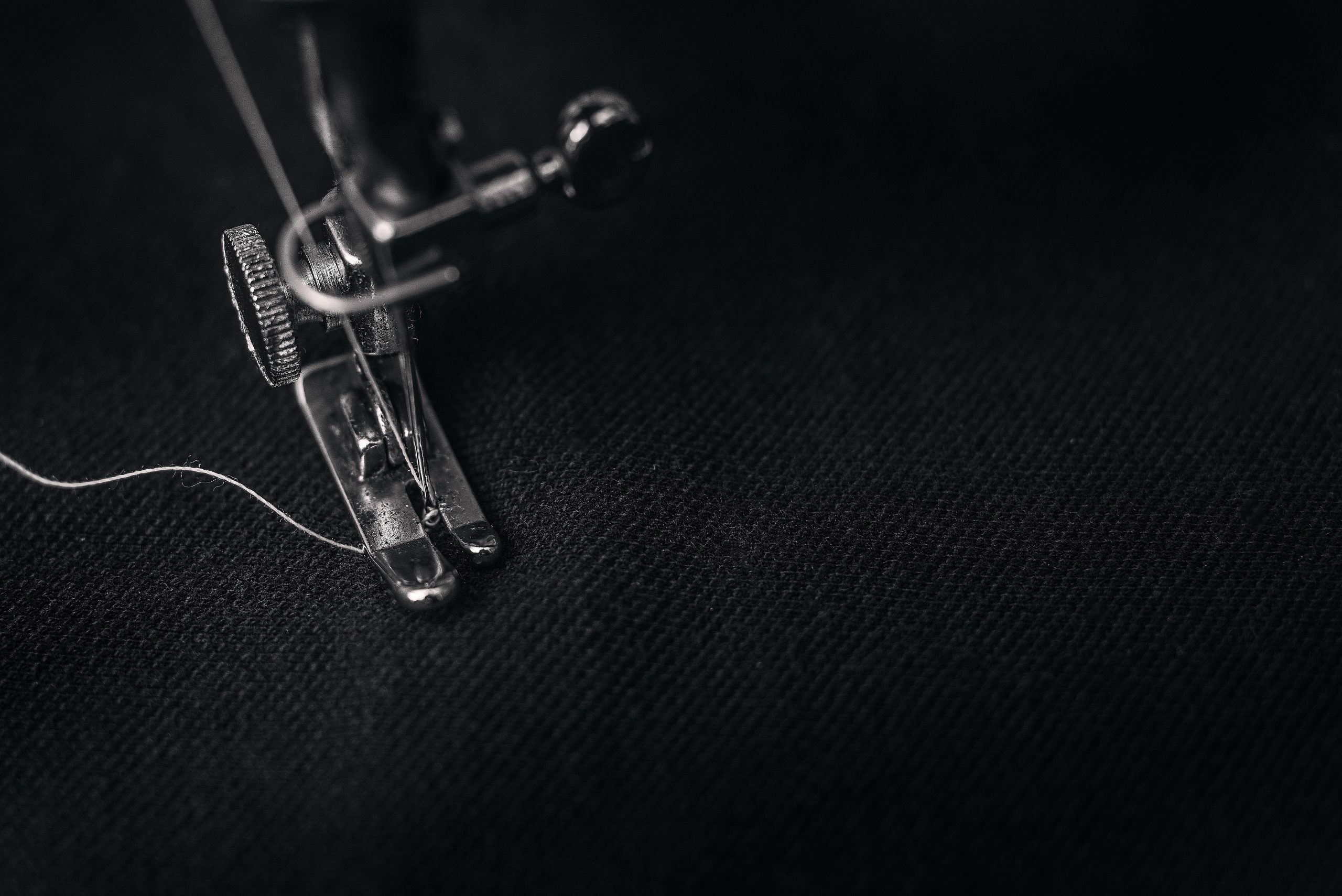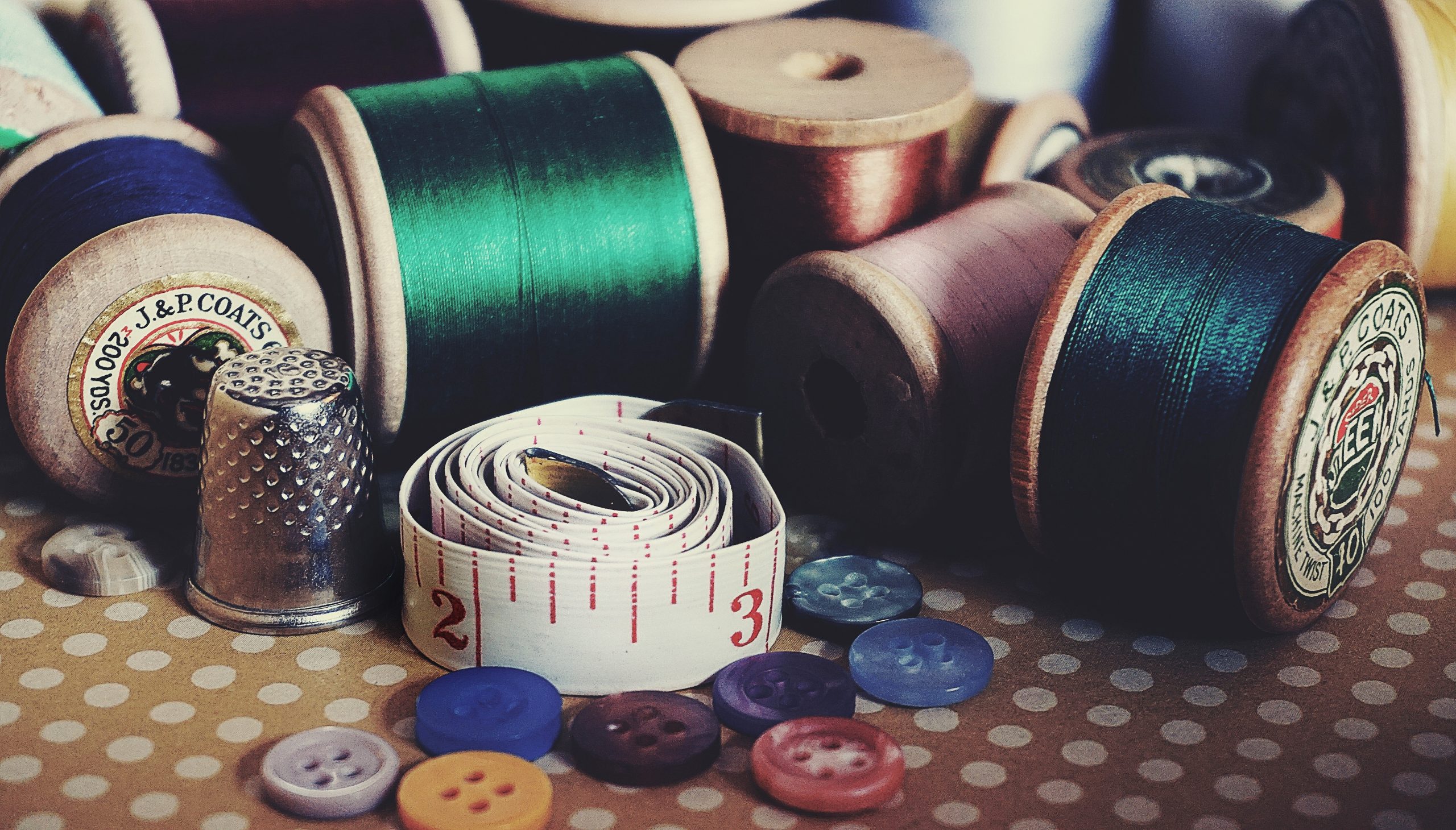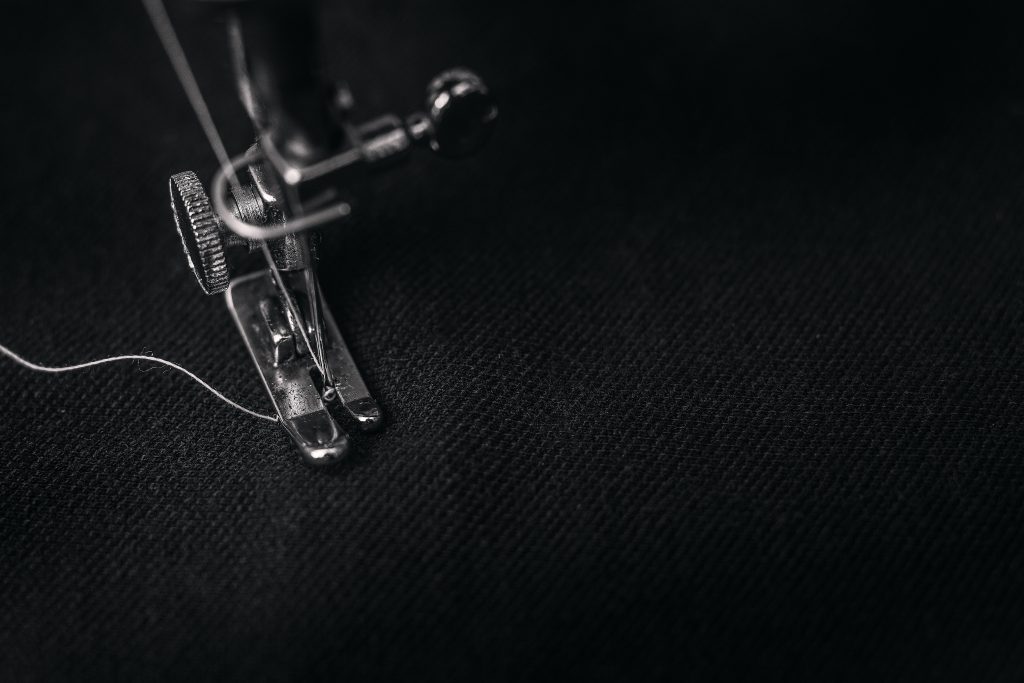
Home Sewing Is On The Rise: How To Make Your Clothes Unique
With the popularity of shows like Project Runway and Making It, home sewing is definitely on the rise. It’s a great way to save money and have complete control over your wardrobe. So if you’re looking to add a personal touch to your wardrobe or simply want to save some money by making your clothes, here are some tips to get you started.
1. Start with simple projects
If you’re new to sewing, it’s best to start with simple projects like skirts, shirts, or pants. Once you get the hang of things, you can move on to more complex projects like dresses or jackets. Additionally, it’s important to use quality fabrics for your projects. This will ensure that your garments look their best and last longer. If you want to know more, visit www.quiltersreview.com and see why home sewing may be for you. If you’re not sure about taking the plunge yourself, find a friend who sews and ask to borrow their machine for a test run. It’s also a good idea to invest in a sewing course or two. This will help you learn the basics and get you comfortable using a sewing machine.
2. Choose the right pattern
Once you’ve decided on the project you want to make, it’s time to choose the right pattern. If you’re a beginner, it’s best to stick to patterns that are rated “easy” or “very easy.” Once you get more experienced, you can move on to patterns that are rated “intermediate” or “advanced.” Additionally, make sure to choose a pattern that is the right size. This may seem like a no-brainer, but it’s important to remember that clothing sizes vary depending on the brand and style. So take the time to measure yourself and then find a pattern that will fit you well. If you’re not sure how to do this, consult a friend or family member who knows how to sew.
3. Pre-wash your fabric
This step is crucial, especially if you’re working with natural fibers like cotton or linen. Pre-washing your fabric will shrink it so that it doesn’t end up being too big once you’ve finished sewing. It will also remove any chemicals that may be on the fabric from the manufacturing process. To pre-wash your fabric, simply machine washes it on the delicate cycle with a mild detergent and then air dry it. Additionally, if you’re working with a delicate fabric, you may want to hand wash it instead. If you’re not sure how to pre-wash your fabric, consult the instructions on the bolt of fabric or ask a salesperson for help.
It’s also important to pick the right fabric for your project. Take into consideration the drape, weight, and stretch of the fabric when choosing. For instance, you should view woven fabrics for structured garments like jackets or dresses, while knit fabrics work better for more relaxed and stretchy pieces. Experiment with different fabrics to see which ones work best for your desired garment.
4. Cut out your pattern
Once you’ve pre-washed your fabric, it’s time to cut out your pattern. First, find the grainline on the pattern and align it with the grainline of the fabric. This will ensure that your garment hangs correctly once it’s finished. Next, use sharp scissors to cut out the pattern pieces. If you’re working with a delicate fabric, you may want to use pinking shears to prevent the fabric from fraying. Once you’ve cut out all the pattern pieces, it’s time to start sewing! It’s important to note that you should always iron your fabric before you start sewing. This will help prevent wrinkles and make the sewing process easier.
5. Start sewing
Now it’s time to start putting your garment together. First, thread your needle and then start sewing the pieces of fabric together. If you’re using a sewing machine, make sure to follow the instructions in the manual. Additionally, it’s important to use the correct type of thread and needle for your fabric. For example, if you’re working with a delicate fabric, you’ll need to use a thinner thread and needle. Once you’ve finished sewing the garment together, try it on to see how it fits. If it’s too big or small, you can always take it apart and adjust the pattern pieces accordingly.
6. Finish your garment
Once you’re happy with the fit of your garment, it’s time to finish the edges. This will prevent the fabric from fraying and ensure that your garment looks polished. If you’re working with a delicate fabric, you may want to use a bias binding tape to finish the edges. This is simply a strip of fabric that’s been cut on the bias (diagonally). To apply it, simply sew it around the edge of the fabric. Once you’ve finished the edges, your garment is complete!

Home Sewing Is On The Rise: How To Make Your Clothes Unique
Home sewing is definitely on the rise, so if you’re looking for a unique and affordable way to make your clothes, give it a try! With a little practice, you’ll be surprised at how easy it is to create beautiful garments that are one-of-a-kind. These were just a few tips to get you started.

fashionabc is a fashion technology platform, comprising a digital directory and various other digital tools and supply chain solutions for the fashion industry ecosystem, that focus on ethical fashion and sustainability. We are building inclusive digital transformation tools for fashion professionals who are willing to take steps towards a more sustainable ethical fashion industry, by adopting AI and DLT blockchain technology.
* building digital profile and IP solutions for fashion businesses
* tackle issues such as provenance and counterfeit in supply chain
* contribute to the construction of a meritocratic ethical fashion industry which is certified and part of the circular economy











